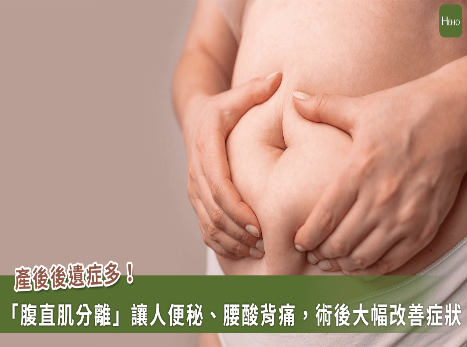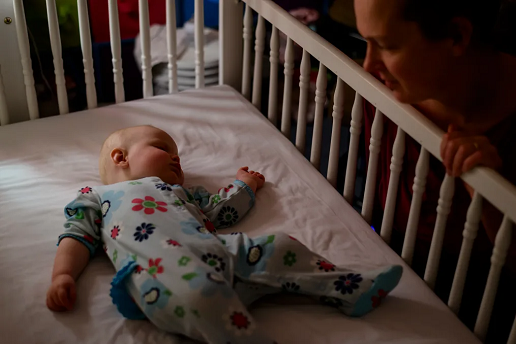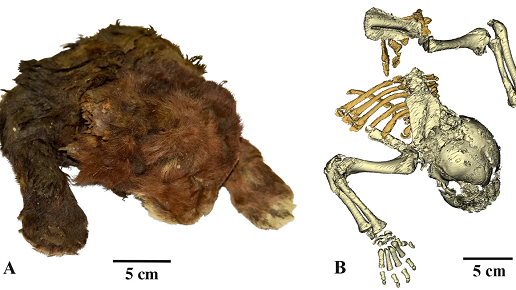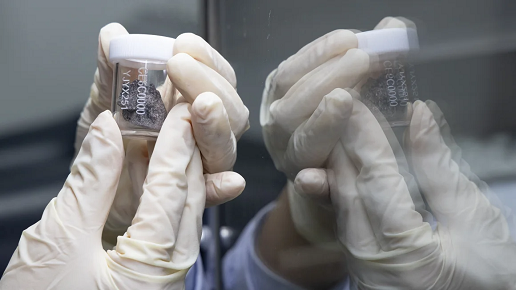Many women hope to quickly return to their pre-pregnancy figure after childbirth, but diastasis recti can be a significant obstacle. Diastasis recti occurs when the abdominal muscles separate due to pregnancy, leading to abdominal laxity, back pain, and constipation. Dr. Wang Kai-Wei from Shin Kong Hospital explains that this condition affects not only appearance but also bodily functions as the abdomen is a core strength source.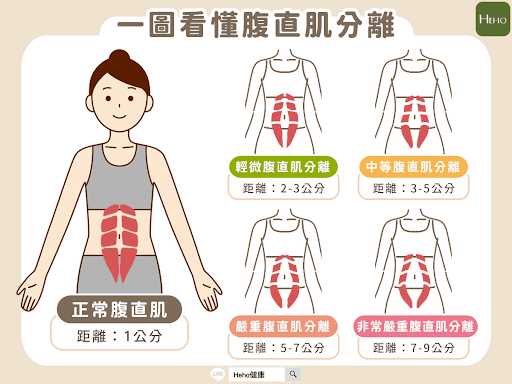 Incorrect exercises can worsen the symptoms! Photo credit: Heho Health
Incorrect exercises can worsen the symptoms! Photo credit: Heho Health
Statistics show that 33% of women still suffer from diastasis recti 12 months postpartum, and 52% of postmenopausal women are also affected. Symptoms include abdominal protrusion above and below the navel, back pain, abdominal weakness, constipation, urinary incontinence during sneezing or coughing, and pelvic or hip pain.
For treatment, the abdominal muscles may naturally recover within eight weeks postpartum, but incorrect movements can worsen the condition. Proper core training can help, but incorrect abdominal exercises may exacerbate symptoms. Severe cases may require surgery, and modern Da Vinci surgery offers a minimally invasive option with quick recovery, improving both appearance and symptoms.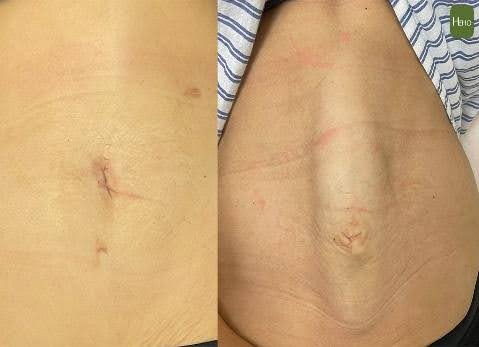 The patient's diastasis recti condition after surgery is shown. The right image is before surgery, and the left image is after surgery. Photo credit: Dr. Wang Kai-Wei
The patient's diastasis recti condition after surgery is shown. The right image is before surgery, and the left image is after surgery. Photo credit: Dr. Wang Kai-Wei
Postpartum women should address diastasis recti promptly to prevent worsening symptoms and impact on quality of life.

